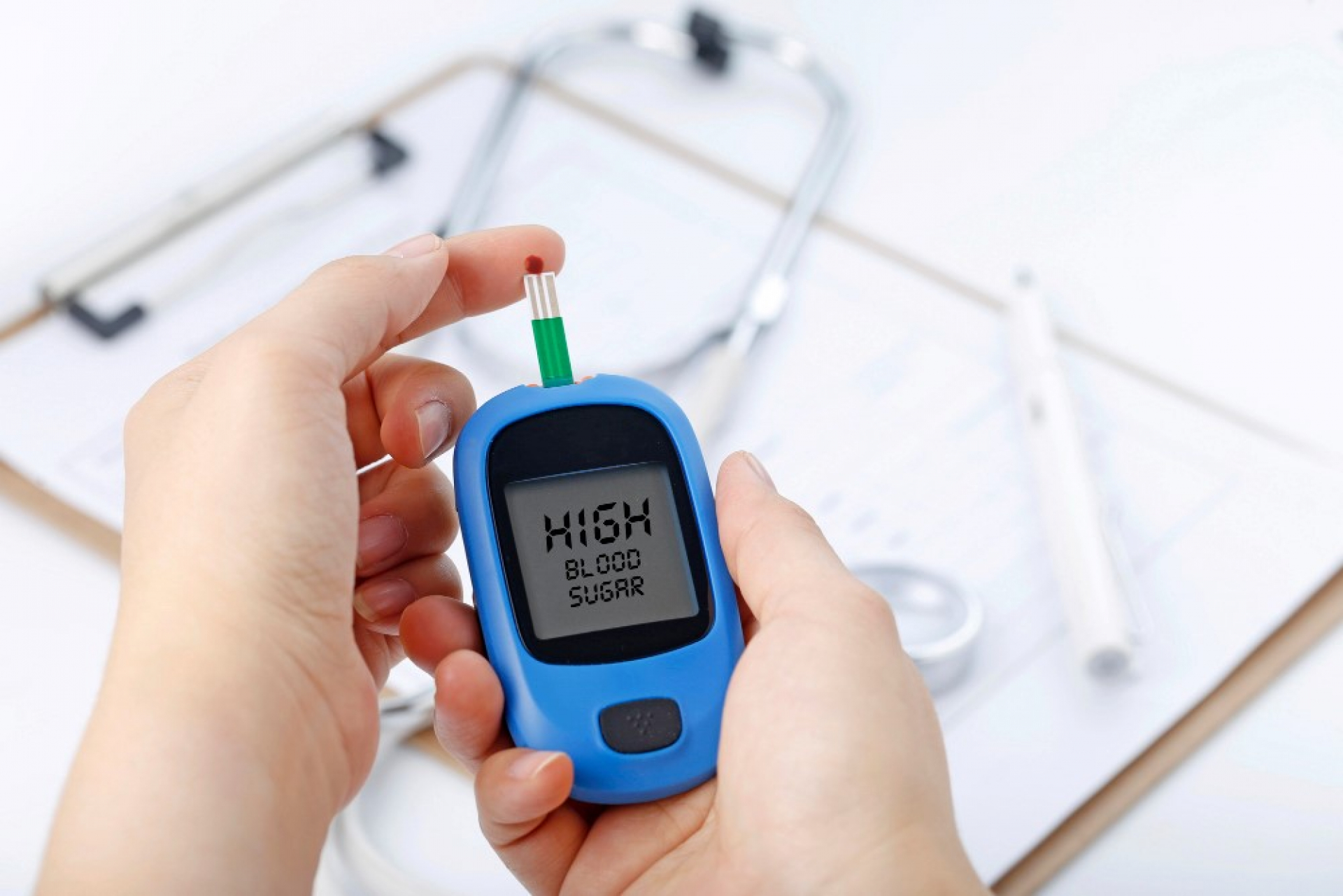Diabetes mellitus often begins quietly, long before hospital visits or complications. Spotting the early signs of diabetes and acting on diabetes mellitus symptoms can prevent years of hidden damage. For a medical diagnostic website, the goal is simple: raise type 2 diabetes awareness, explain how insulin resistance and prediabetes develop, and highlight why the fasting blood glucose test and the HbA1c test are essential for timely detection.
What Is Diabetes Mellitus, and Why the “Silent Onset” Matters
Diabetes mellitus is a chronic condition marked by elevated blood sugar due to absent, inadequate, or ineffective insulin. In type 2 diabetes, the core problem is insulin resistance, the body’s cells don’t respond properly to insulin, followed by gradual beta-cell dysfunction. This slow shift explains the silent onset: diabetes mellitus symptoms can be mild or nonspecific for years, so many people miss the early signs of diabetes until complications arise.
Because early detection changes outcomes, routine screening with fasting blood glucose and an HbA1c test is central to type 2 diabetes awareness and prevention strategies.
Who Should Think About Screening Early?
Certain factors increase the likelihood of insulin resistance, prediabetes, and progression to type 2 diabetes:
- Overweight or obesity, especially central (abdominal) adiposity
- Sedentary lifestyle and poor sleep quality
- Family history of type 2 diabetes or history of gestational diabetes
- Hypertension, dyslipidemia, or cardiovascular disease
- Polycystic ovary syndrome (PCOS) and acanthosis nigricans (a marker of insulin resistance)
- Older age (risk rises after ~35–40 years), certain ethnic backgrounds, and smoking
If you have any of these, periodic fasting blood glucose and an HbA1c test can catch prediabetes early, often before obvious diabetes mellitus symptoms appear.
Early Signs of Diabetes- Subtle, Overlooked, but Actionable
Below are common early signs of diabetes. Any single symptom can be caused by something else, but clusters, persistence, or worsening trends should prompt fasting blood glucose and HbA1c test screening.
- Frequent urination (polyuria) – Excess glucose spills into urine, drawing water with it.
- Excessive thirst (polydipsia) – Dehydration from diuresis drives constant thirst.
- Persistent fatigue – Cells can’t use glucose efficiently; energy levels drop.
- Blurred vision – Fluid shifts alter the eye’s lens curvature.
- Increased hunger (polyphagia) – Glucose remains in the blood, not in cells; the brain signals “eat.”
- Slow-healing cuts, more infections – High glucose impairs immunity and circulation.
- Tingling or numbness in hands/feet – Early neuropathy from prolonged hyperglycemia.
- Unintended weight loss (more common when glucose is very high) – The body breaks down fat and muscle.
- Dark, velvety skin patches on the neck/armpits (acanthosis nigricans) – A visible sign of insulin resistance.
- Morning headaches, daytime sleepiness – Often linked with sleep apnea, which worsens insulin resistance.
Recognizing these diabetes mellitus symptoms, especially in high-risk individuals, supports type 2 diabetes awareness and timely testing.
Prediabetes- The Reversible Middle Ground
Prediabetes means blood sugar is higher than normal but not yet in the diabetes range. It is both a warning and an opportunity: lifestyle changes at this stage can reverse insulin resistance and prevent progression. Without intervention, many people with prediabetes develop type 2 diabetes within 5–10 years.
Screening for prediabetes relies on the fasting blood glucose and HbA1c test. Because prediabetes is often symptom-free, labs and clinics should promote type 2 diabetes awareness campaigns to encourage walk-in screening.
The Tests That Matter- Fasting Blood Glucose and the HbA1c Test
Fasting Blood Glucose (FBG)
The fasting blood glucose test measures glucose after at least 8 hours without food:
- Normal: <100 mg/dL
- Prediabetes: 100–125 mg/dL
- Diabetes: ≥126 mg/dL (confirmed on a separate day)
Because it reflects overnight regulation, fasting blood glucose is a reliable way to detect both prediabetes and early diabetes.
HbA1c Test
The HbA1c test (glycated hemoglobin) shows your average blood glucose over ~3 months:
- Normal: <5.7%
- Prediabetes: 5.7–6.4%
- Diabetes: ≥6.5% (confirmed)
The HbA1c test doesn’t require fasting, making it ideal for population screening and follow-up. Pairing fasting blood glucose with an HbA1c test gives a fuller picture of glucose control and uncovers diabetes mellitus symptoms that might otherwise be missed.
Why Early Diagnosis Saves Organs (and Years)
Unchecked hyperglycemia injures small and large blood vessels, nerves, and organs. Detecting early signs of diabetes and confirming with fasting blood glucose and an HbA1c test helps prevent:
- Cardiovascular disease (heart attack, stroke)
- Diabetic kidney disease and dialysis
- Diabetic retinopathy and vision loss
- Neuropathy, foot ulcers, and amputations
- Fatty liver disease and sleep apnea–related complications
Every percentage point drop in HbA1c test results is associated with meaningful reductions in microvascular complications. Early, sustained improvements pay off for decades.
Insulin Resistance- The Biology Behind the Numbers
Insulin resistance develops when muscles, liver, and fat cells respond weakly to insulin, forcing the pancreas to release more. Over time, beta-cells tire, fasting blood glucose rises, and prediabetes transitions to diabetes. Contributors include visceral fat, inactivity, genetics, and inflammation. The good news: insulin resistance improves with weight loss, physical activity, and sleep optimization.
Type 2 diabetes awareness messaging should explain that insulin resistance is modifiable, lab numbers can change with habits.
Lifestyle Changes That Work (Evidence-Based)
The landmark Diabetes Prevention Program (DPP) showed that modest weight loss (5–7%) plus 150 minutes/week of activity reduced diabetes risk by 58% in people with prediabetes; older adults saw ~71% risk reduction. Intensive lifestyle change outperformed metformin overall. This finding underpins global type 2 diabetes awareness programs and emphasizes why screening with fasting blood glucose and an HbA1c test is so powerful: you can act on the results.
Practical starters for patients:
- Nutrition: Emphasize vegetables, fiber, legumes, nuts, lean proteins; reduce refined carbs and sugary beverages.
- Movement: 30 minutes of brisk walking most days; add resistance training 2–3 days/week.
- Sleep/stress: Aim for 7–8 hours of quality sleep; manage stress with breathing exercises or mindfulness.
- Weight: Even 3–5% weight loss improves insulin resistance; 5–10% yields larger gains.
- Follow-up testing: Recheck fasting blood glucose and HbA1c test every 3–12 months based on risk.
Special Populations- Women’s Health, Youth, and Ethnic Risk
- Gestational diabetes increases later type 2 diabetes risk for mother and child- post-partum HbA1c test or glucose testing is crucial.
- PCOS is linked to insulin resistance; women with irregular periods or infertility should consider early fasting blood glucose and HbA1c test screening (NIDDK).
- Youth and adolescents with obesity are increasingly diagnosed with prediabetes; family-based lifestyle programs and early labs matter.
- Some ethnic groups have higher risk at lower BMI; culturally tailored type 2 diabetes awareness efforts improve engagement.
Interpreting Your Results- Turning Numbers Into Action
Scenario A: Normal results
- Maintain healthy habits; repeat HbA1c test or fasting blood glucose in 1–3 years, sooner if risk factors change.
Scenario B: Prediabetes
- Initiate lifestyle change now. Consider nutrition counseling, structured activity, sleep optimization. Re-test fasting blood glucose and HbA1c test in 3–6 months. Metformin may be considered in specific high-risk groups.
Scenario C: Diabetes range
- Confirm with a repeat HbA1c test or fasting blood glucose on a different day (or OGTT). Begin comprehensive management (nutrition, activity, SMBG as advised) and discuss medication options per guidelines.
When to Seek Testing- Today
If you recognize early signs of diabetes (frequent urination, thirst, fatigue, blurred vision, slow healing, tingling) or have risk factors, book a fasting blood glucose and HbA1c test now. These tests are fast, accessible, and highly informative. For community health, nothing advances type 2 diabetes awareness more effectively than simple, repeatable screening.


